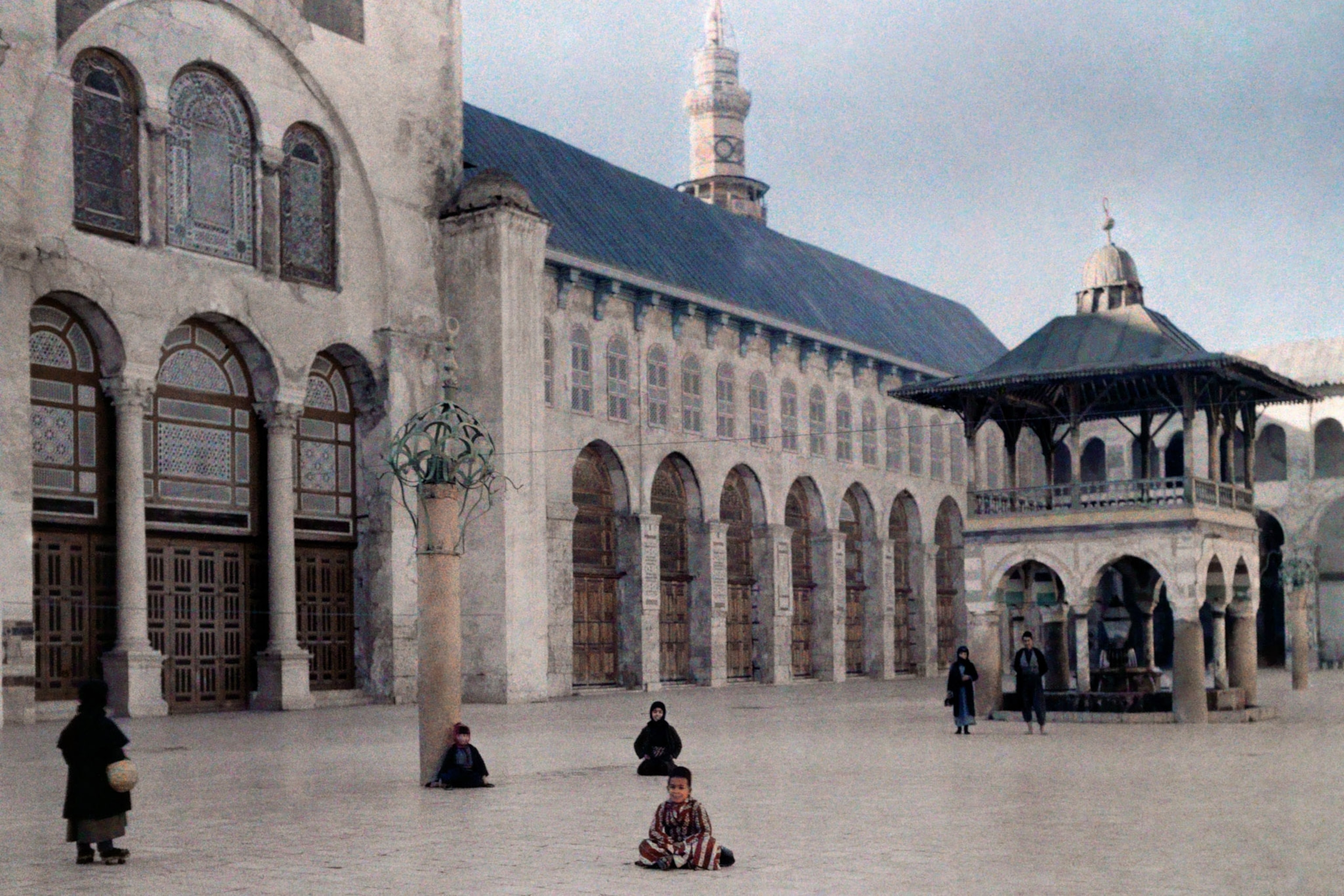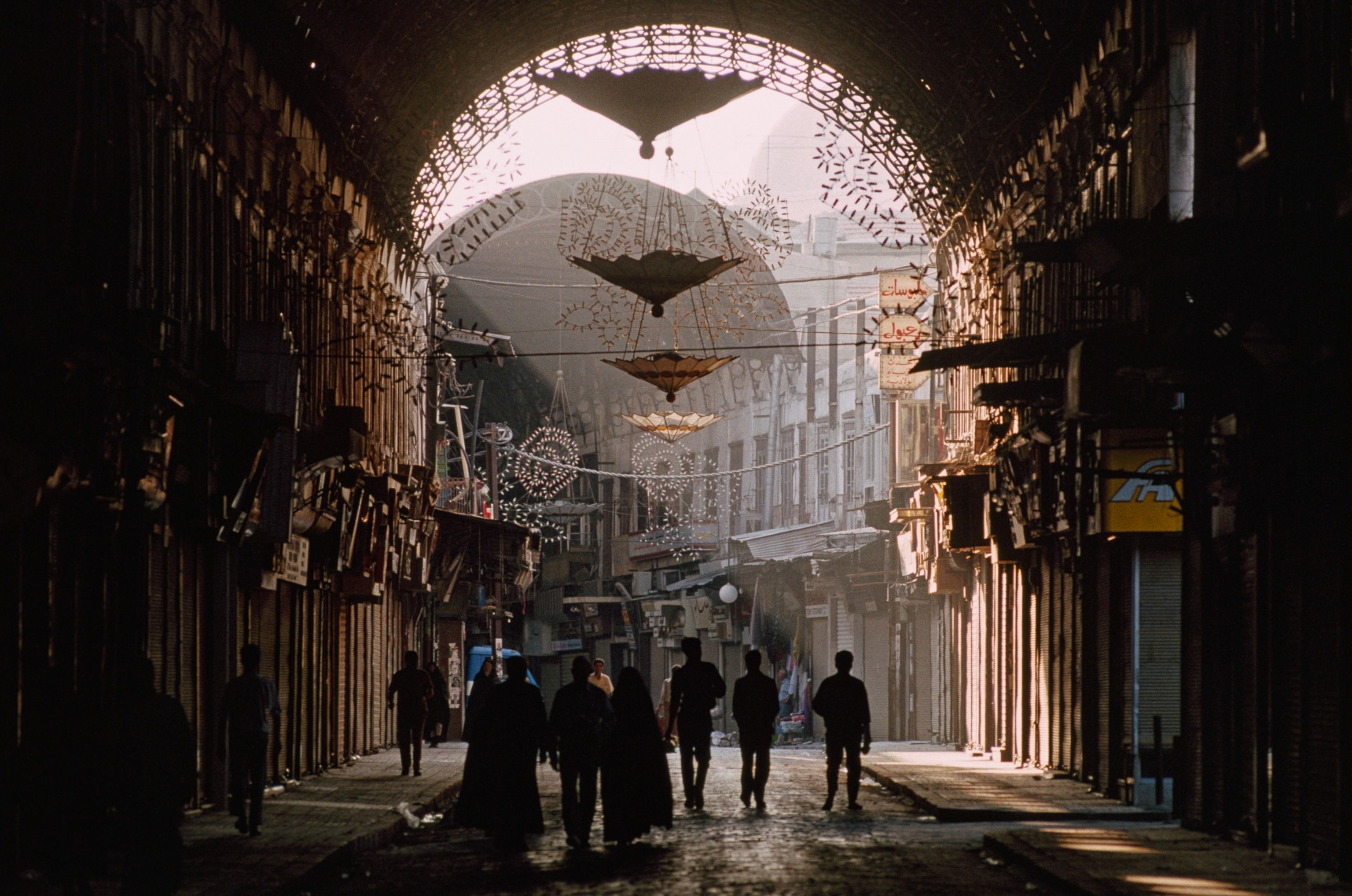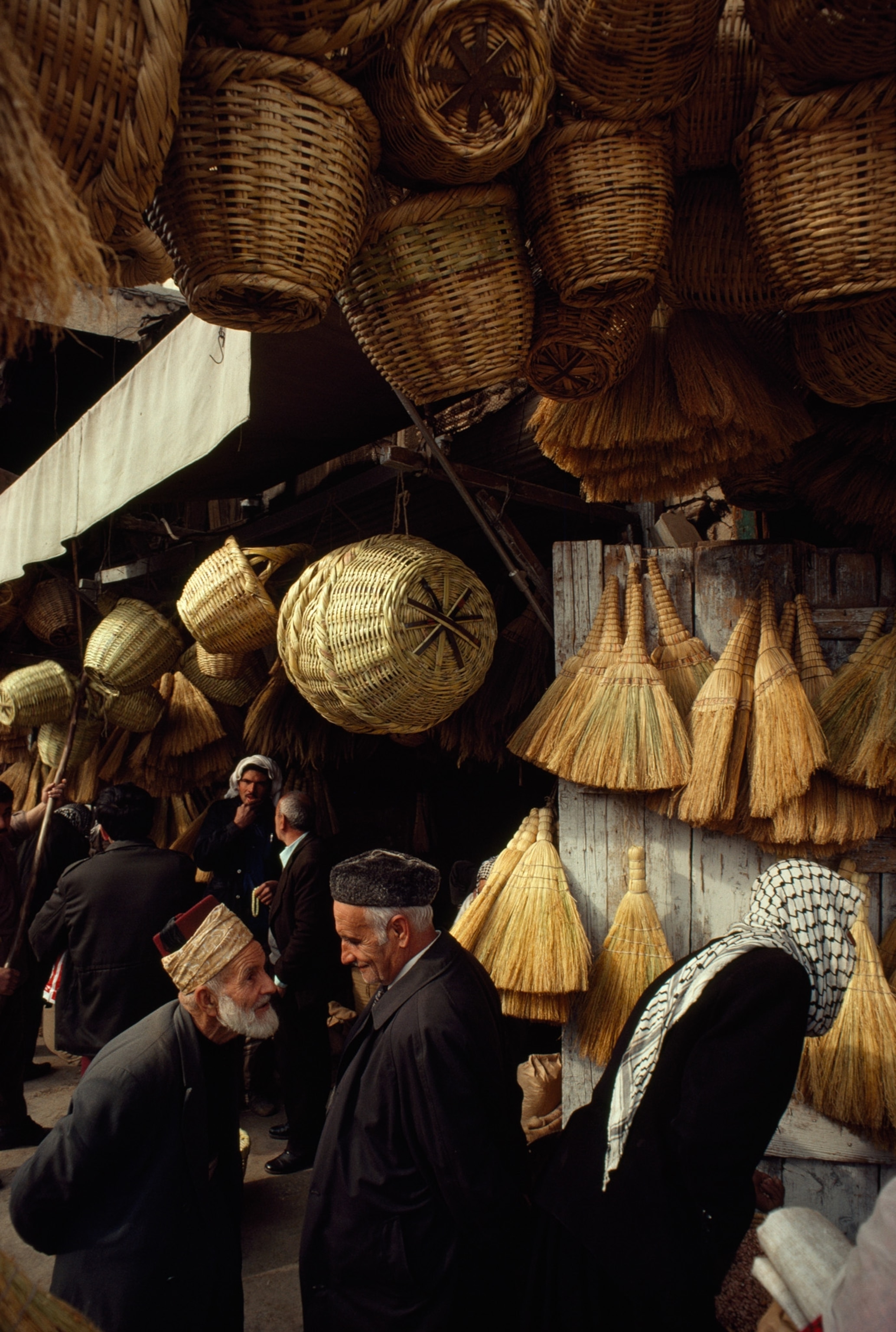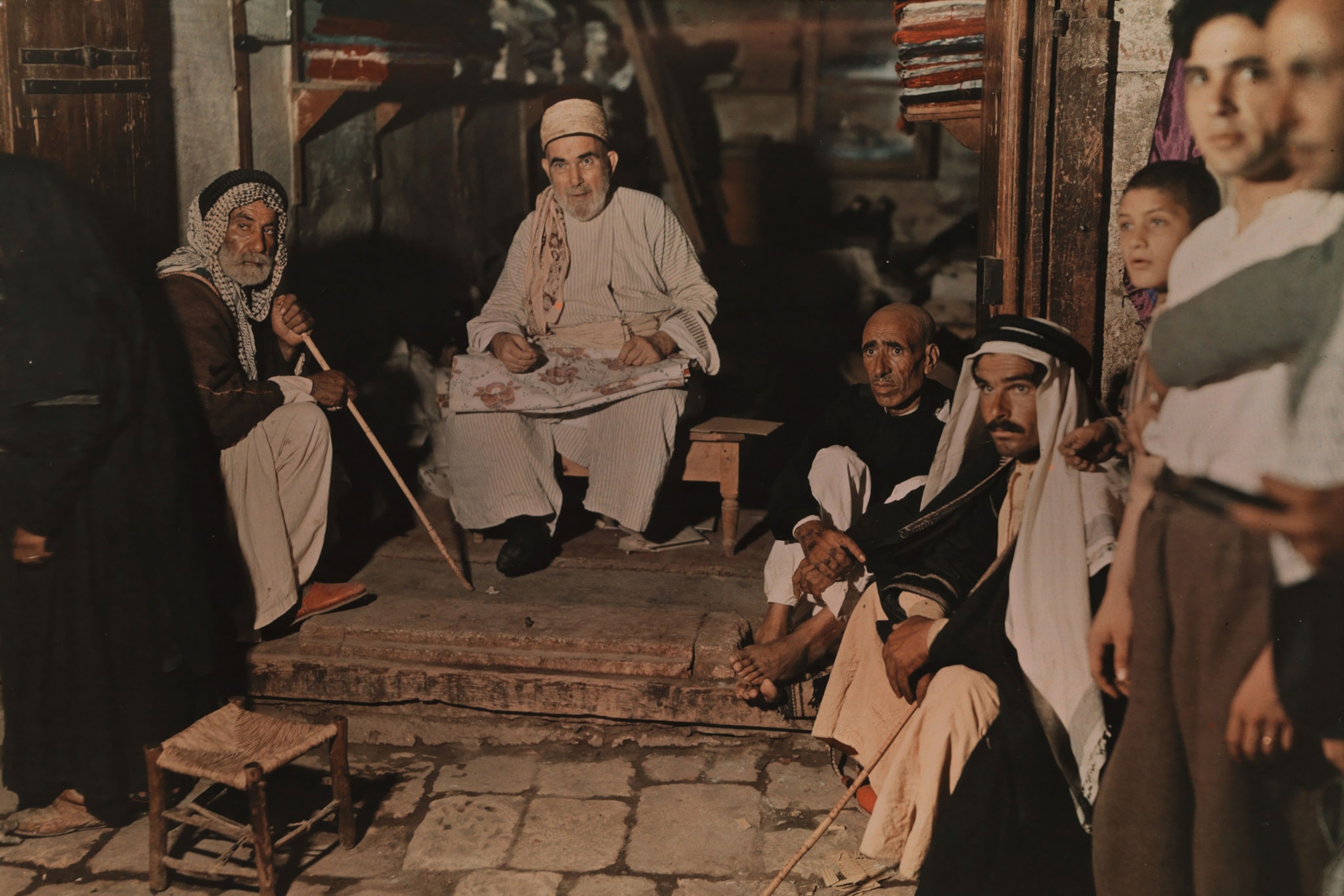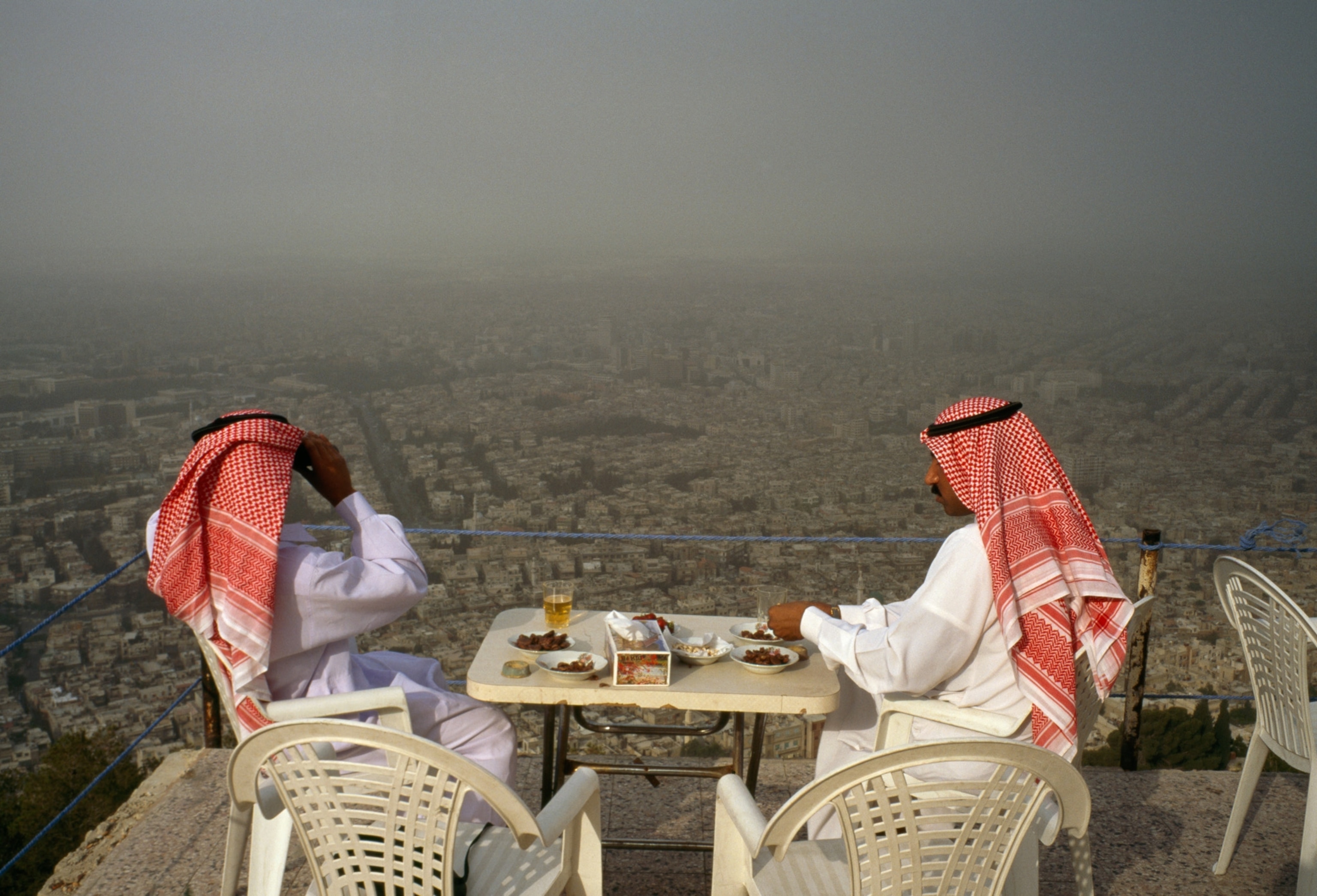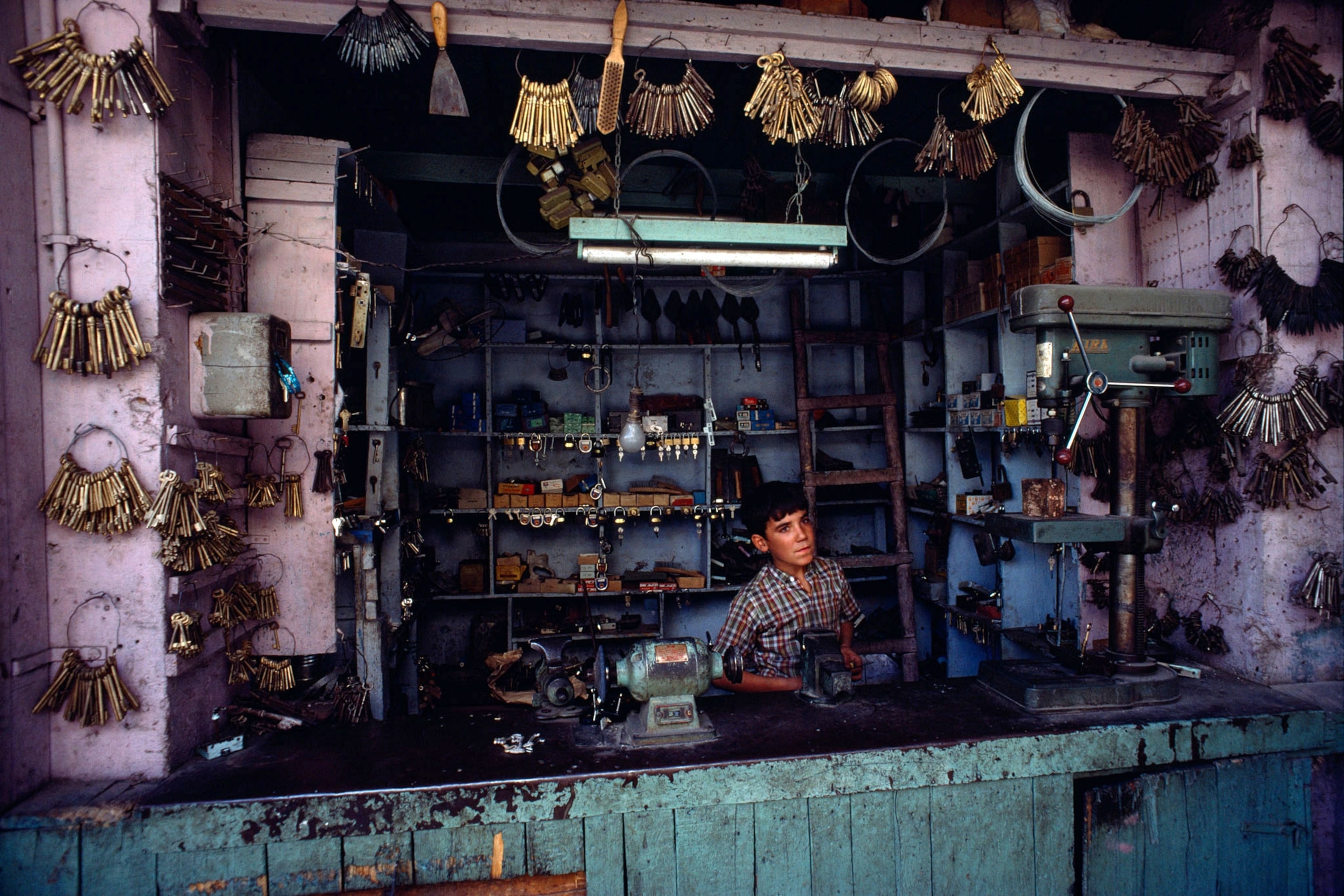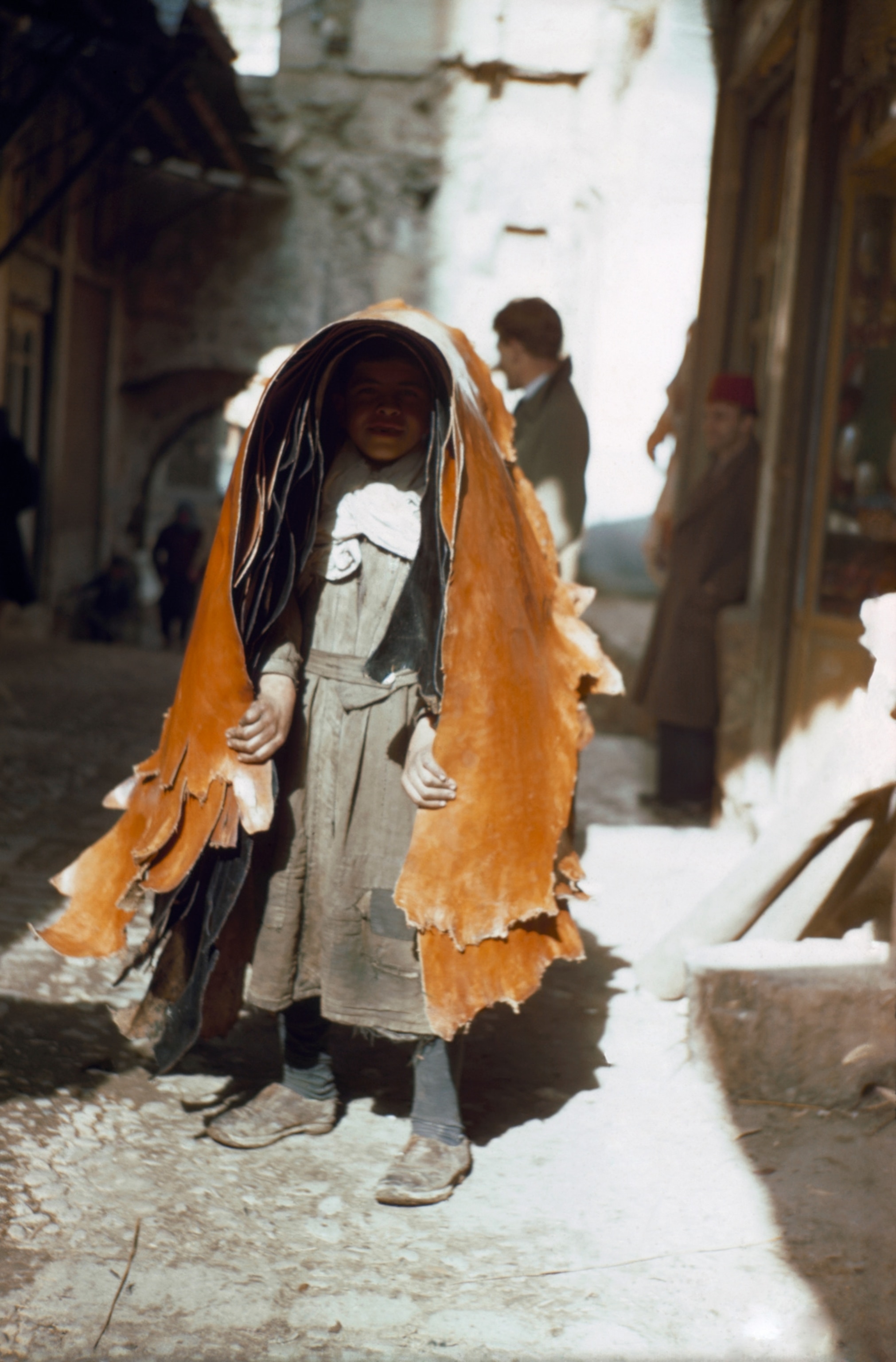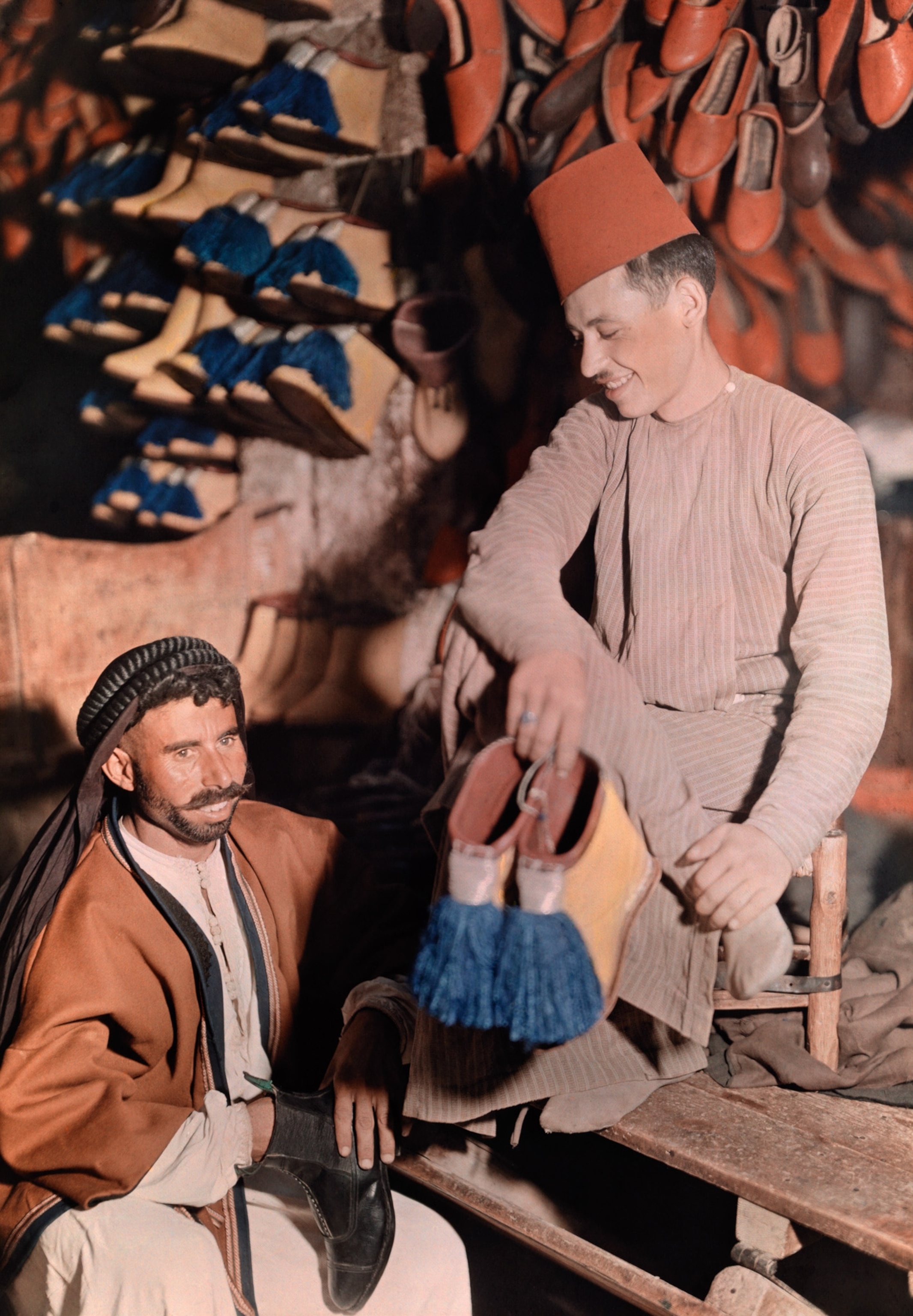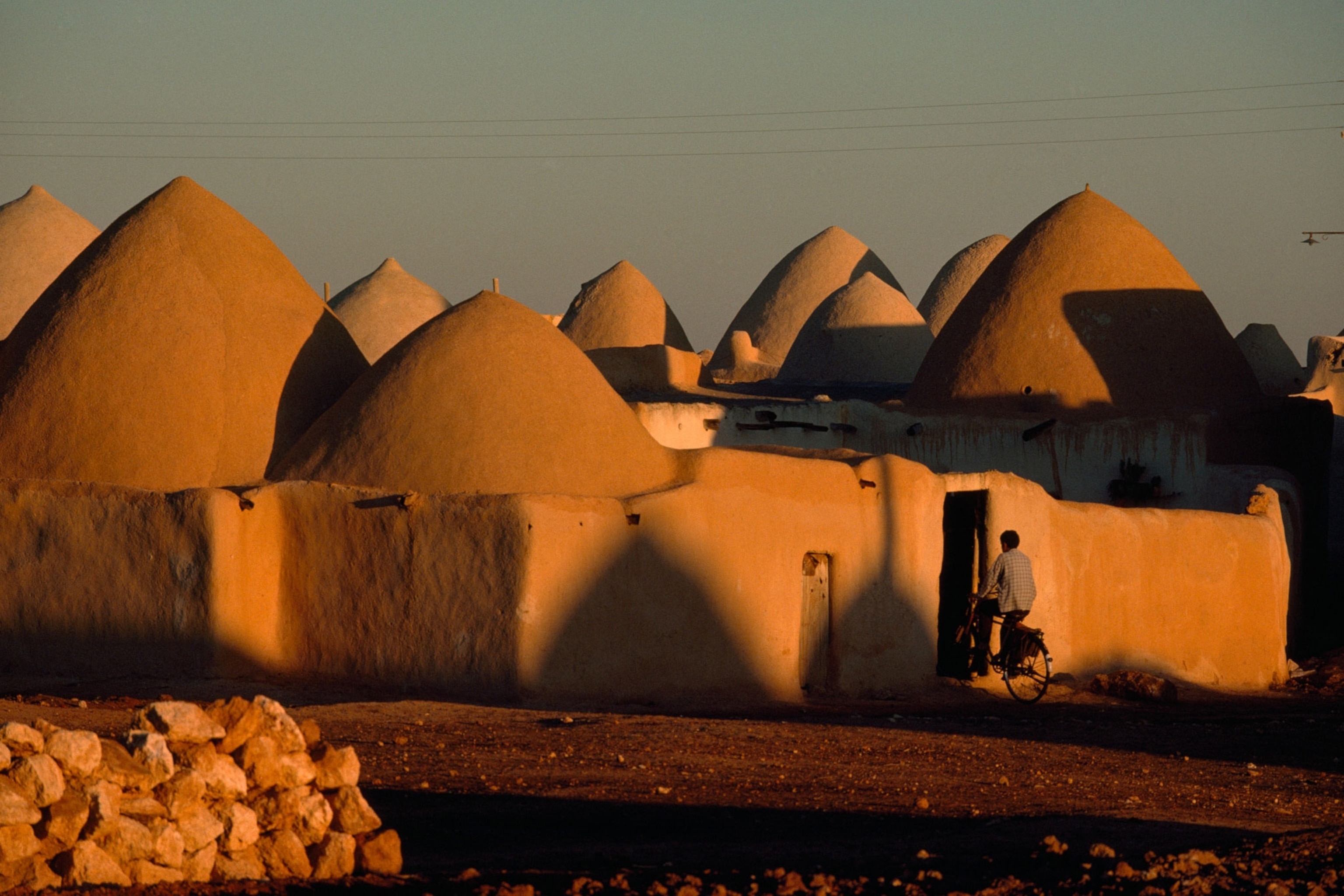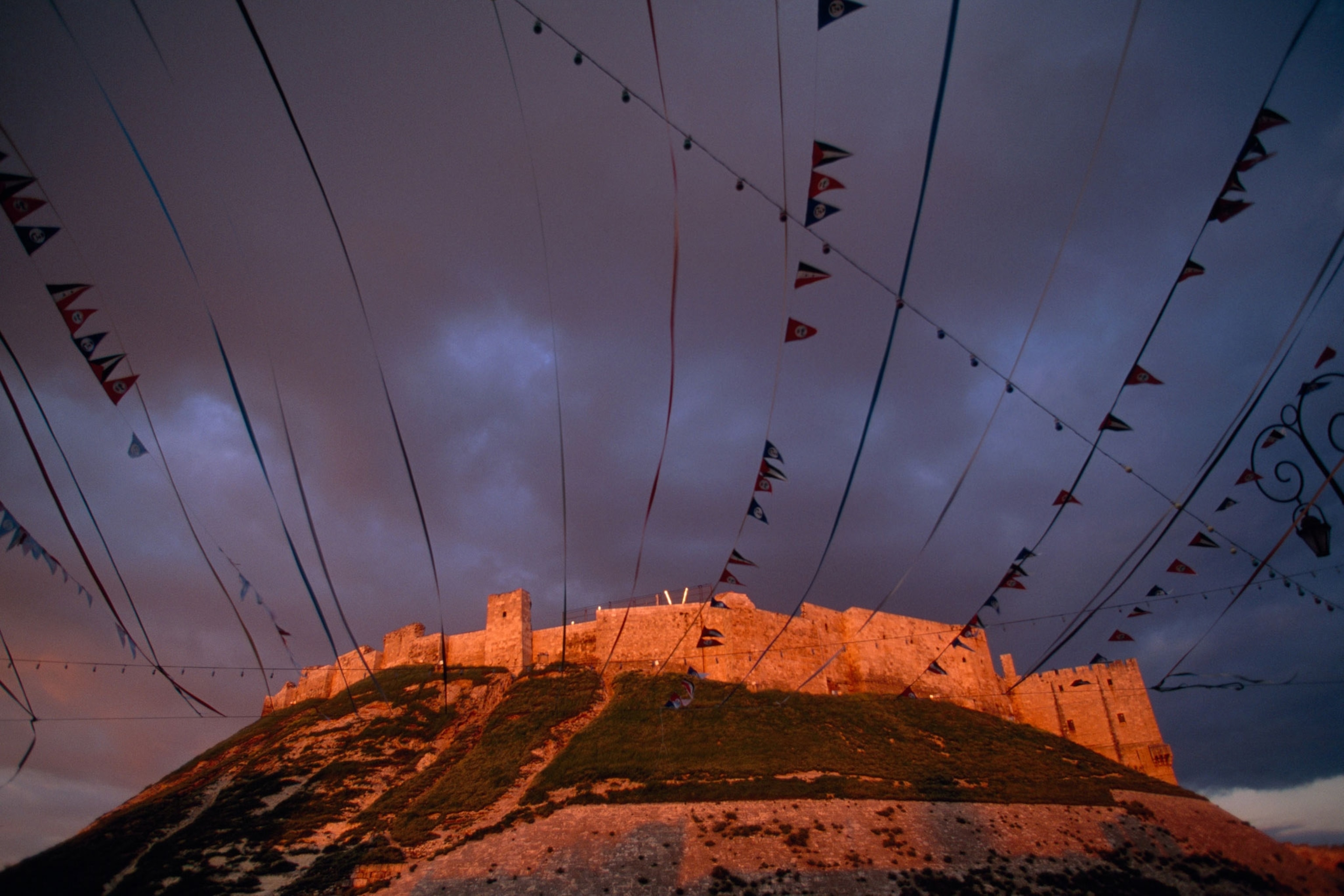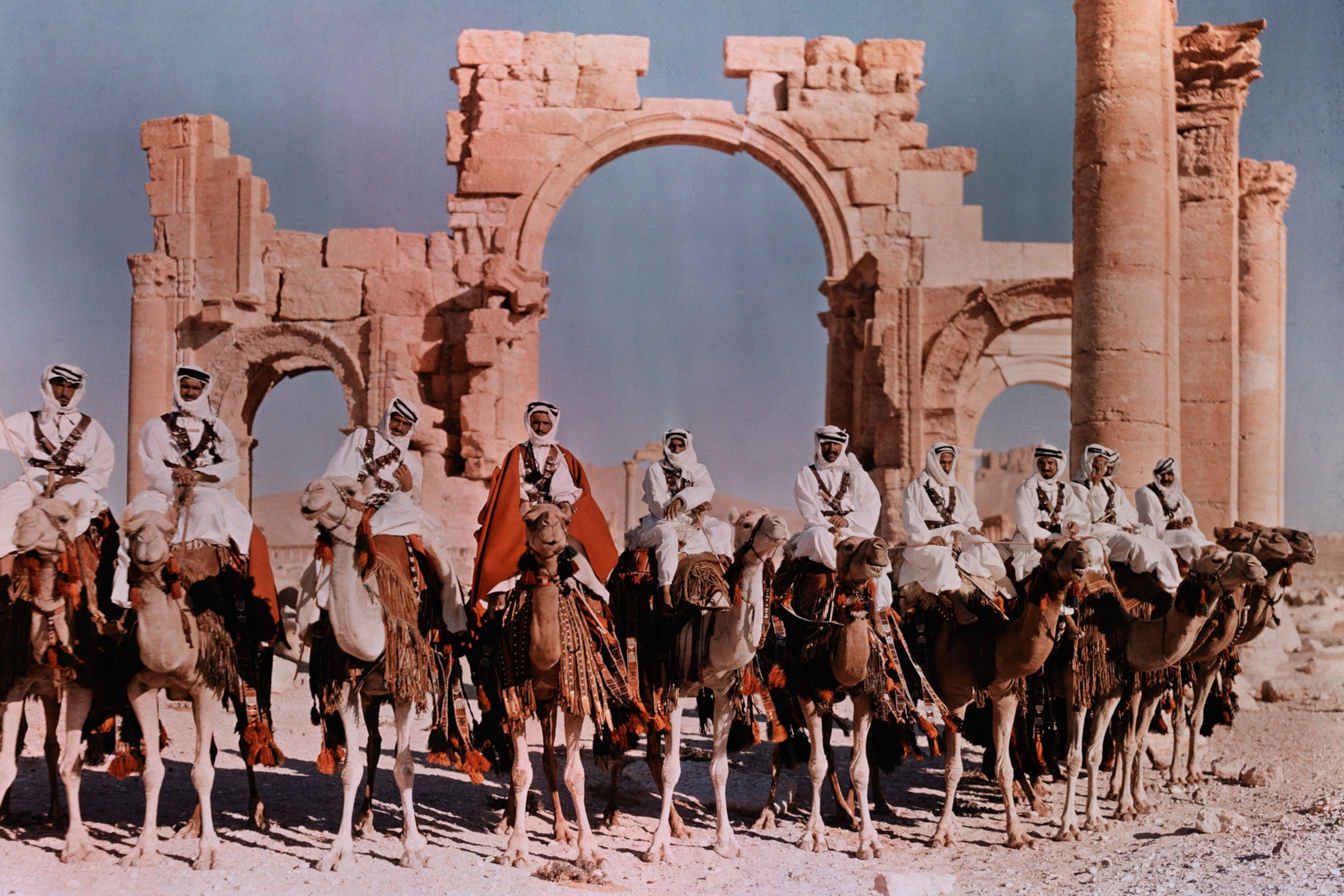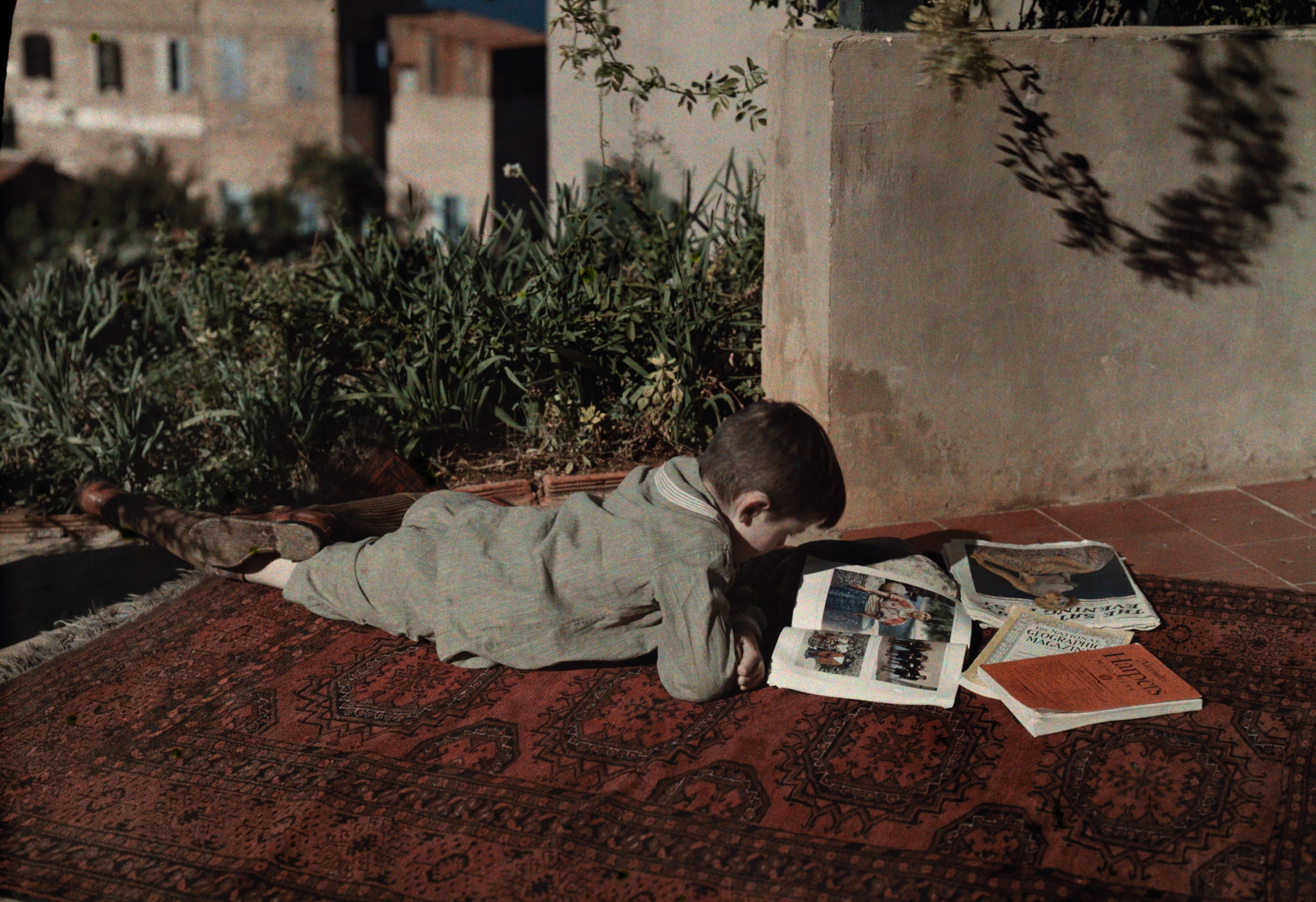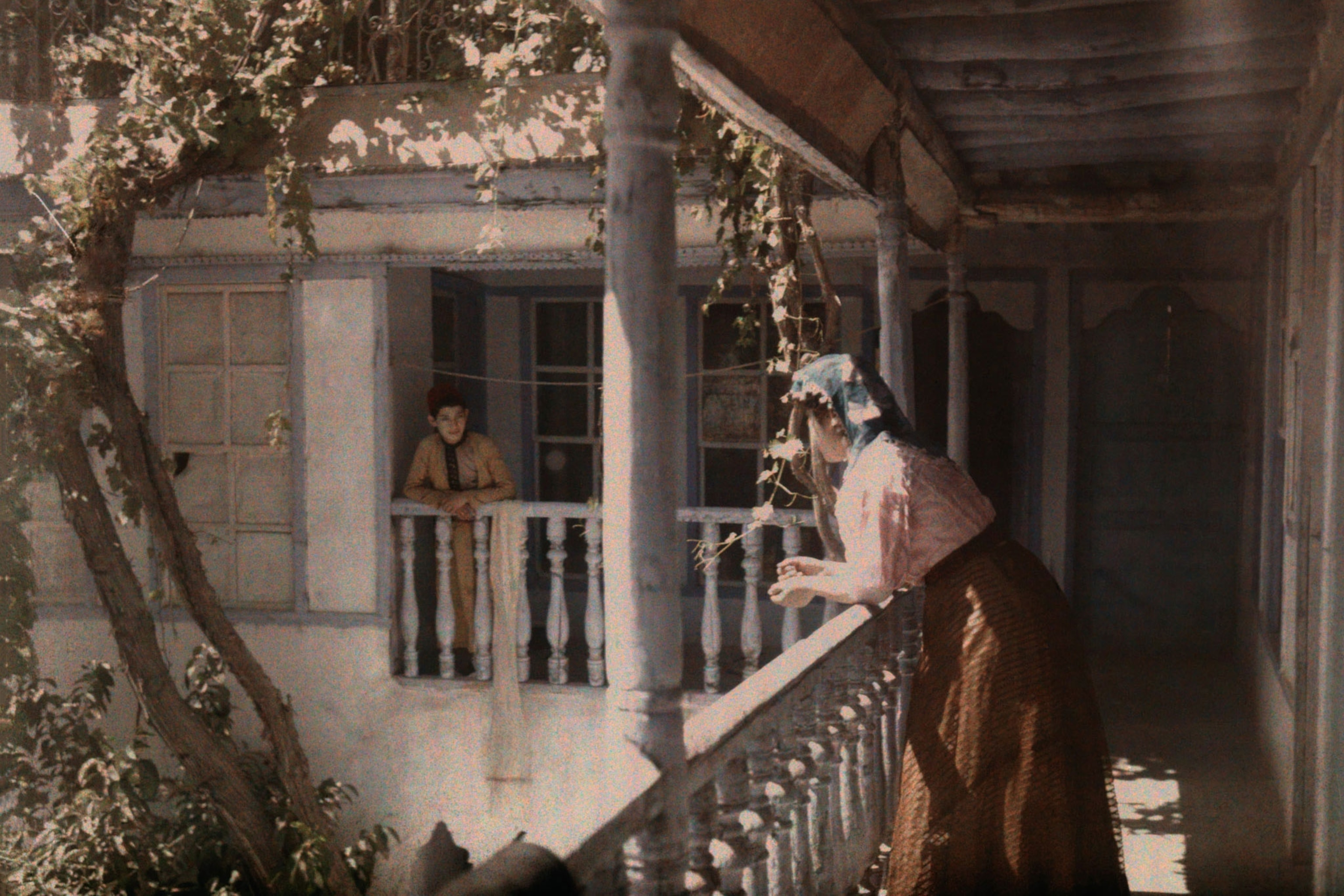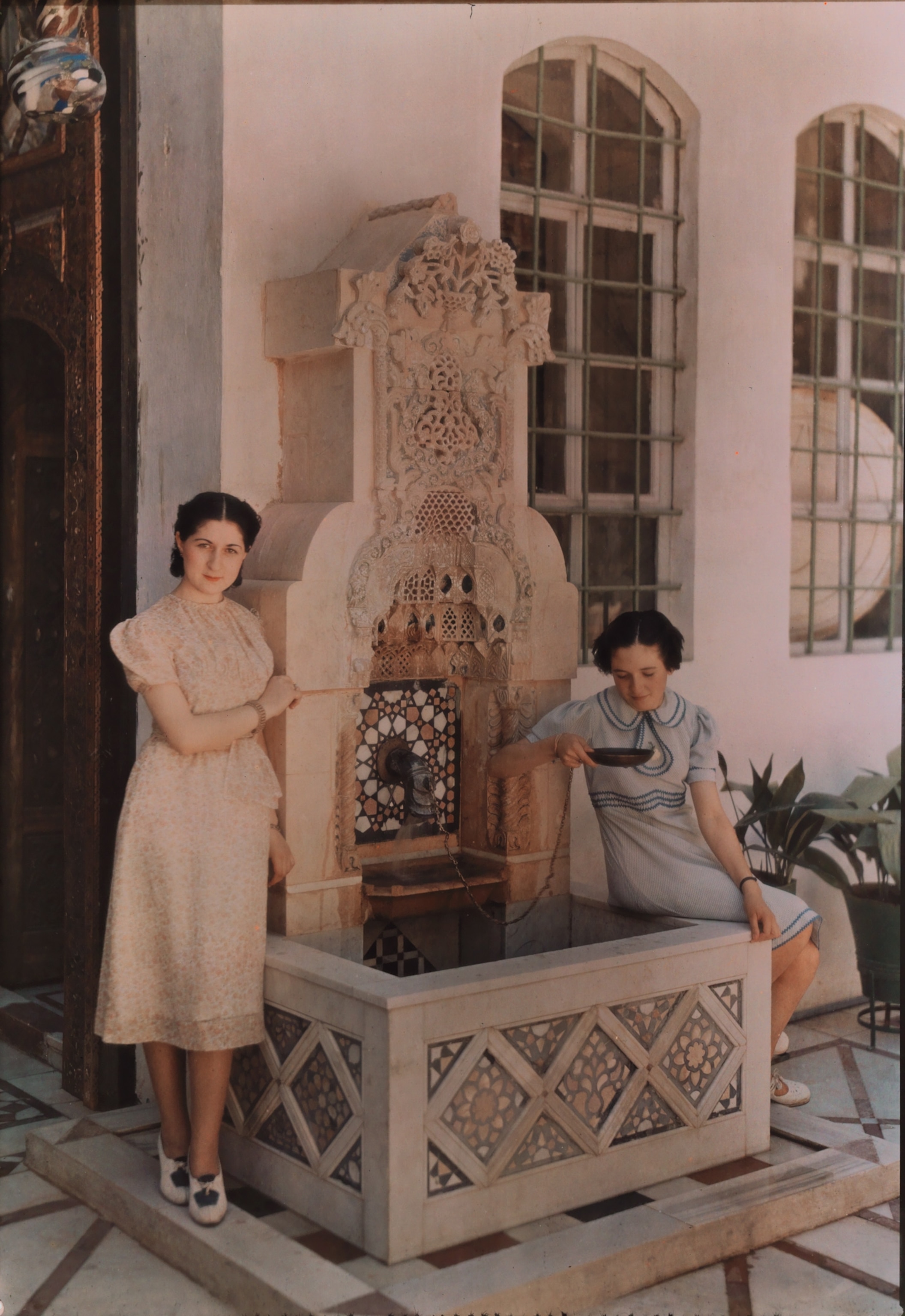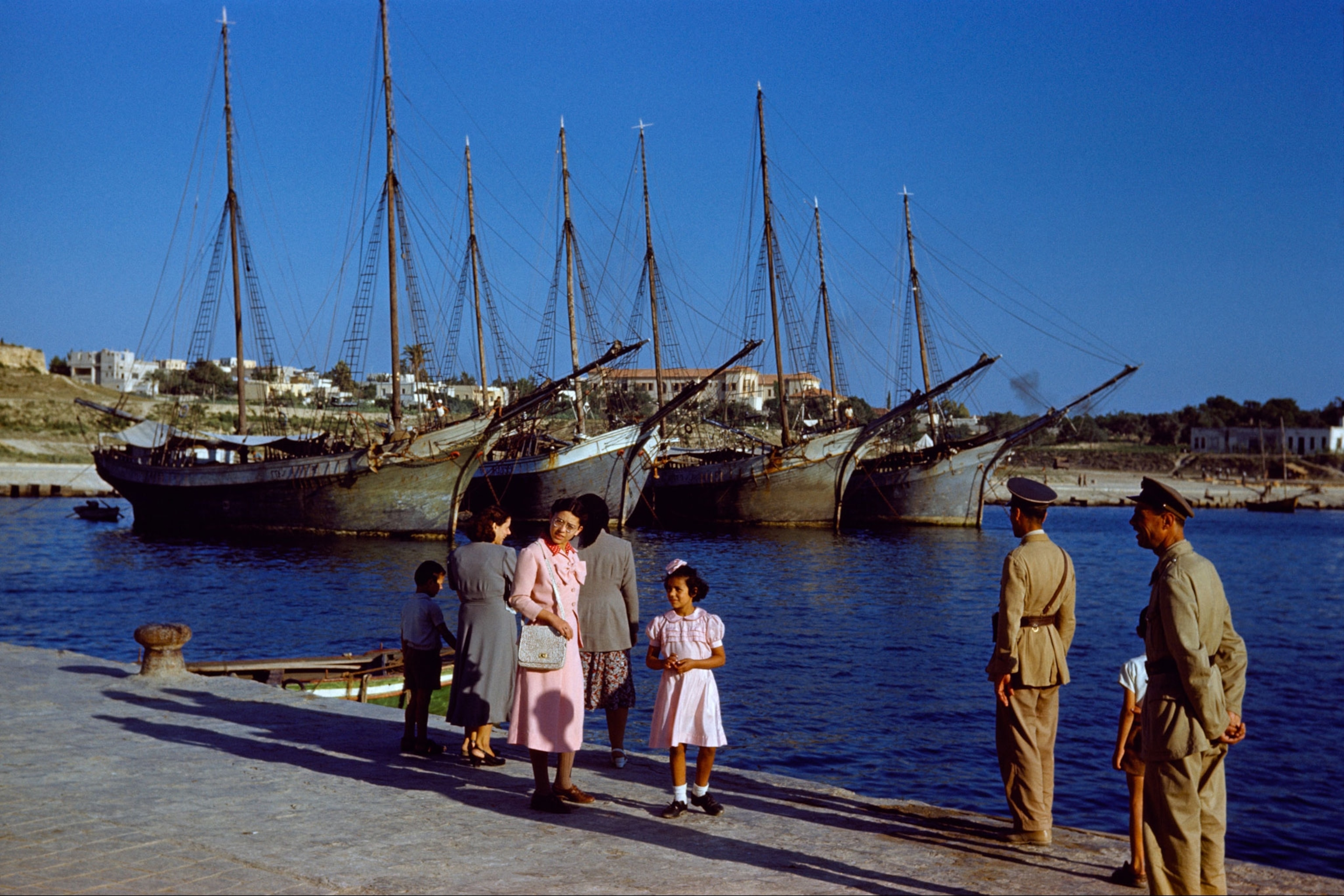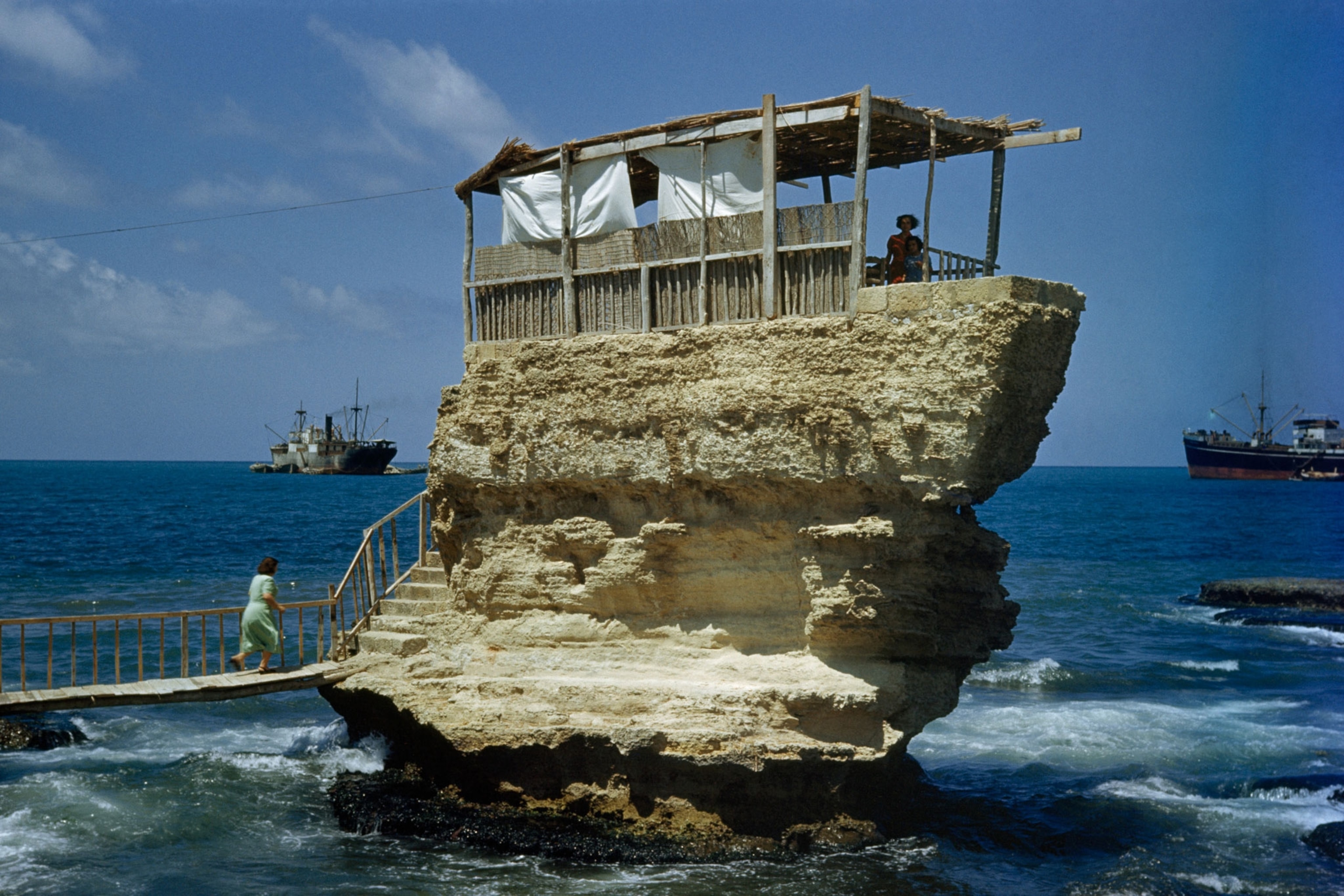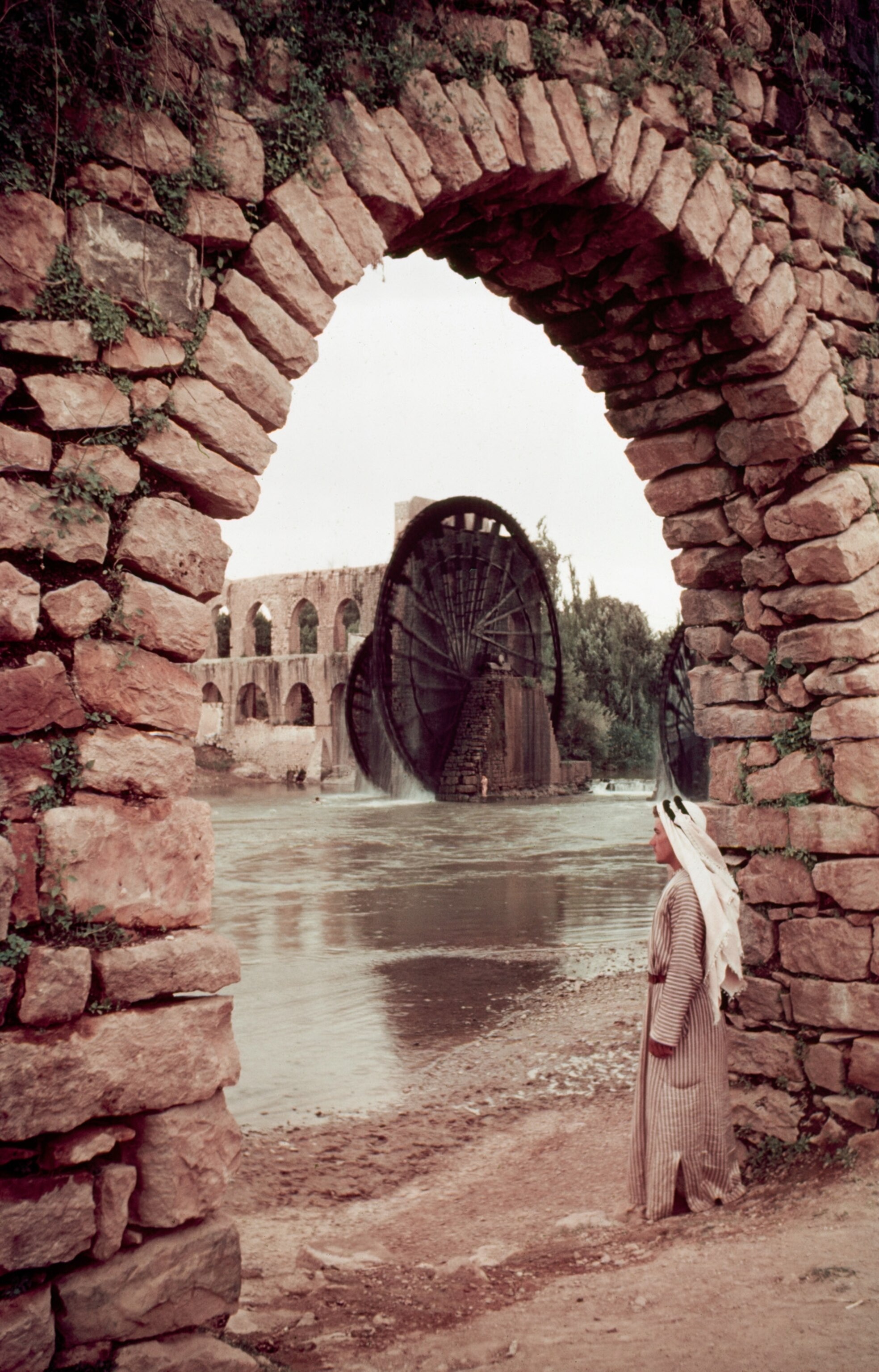See Vintage Pictures of Syria's Ancient History
Centuries-old sites have been reduced to rubble in the six-year war. Can they be rebuilt?
For six years, Syrians have watched as many of their country's 6,500 ancient sites have been bombed, looted, and badly damaged by war.
Across the country, fighting has destroyed ancient relics like the Roman-era metropolis of Palmyra, the Greek settlement of Dura-Europos that held the world's oldest Christian church, and the royal Bronze Age city of Mari. All six of the country's UNESCO World Heritage Sites are thought to have been harmed.
Damascus, the capital, is the rare exception. The ancient city of the Romans, the Mongols, and the Turks—and thought to be the world's oldest continually inhabited city—has been largely protected by government control. Damascus has maintained the facade of normal life, where art unfolds on the streets and citizens wander through the winding alleys, textile markets, and steamy hammam baths of the old city.
(Read about Damascus in a 1974 issue of National Geographic.)
But Aleppo hasn't fared as well. In 2014, UNESCO held a conference in Paris to discuss the destruction to the city—at the epicenter of the country's war—that was once a major trading hub on the Silk Road and known for its Roman, Hellenistic, and Byzantine rulers (legend has it that Abraham, on his way to Jerusalm, also passed through once).
The UNESCO leaders cited an accord made at the Hague during the 1950s that stipulates cultural heritage must be respected during armed conflict, and the organization's director suggested "protected cultural zones" be put in place to dissuade both sides from using historic sites, like Aleppo's skyline-dominating 3th century citadel, as tools of war. Neither side has proven willing to take measures to preserve Syria's history, and as the war rolls into its sixth year, more has been destroyed. A recent survey found one in four of Syria's ancient sites had been damaged or looted in the war.
(Read about Syria’s emancipation from Turkey in a 1919 issue of National Geographic and its freedom from France in a 1946 issue of National Geographic.)
Until a government offensive in late 2016, Aleppo was the battlefield of rebel groups and state forces. Thousands of the city's two million people fled, and fighting destroyed some of its most famous sites, including the iconic citadel. In November, a parliamentarian told Foreign Policy that commerce had ground to a halt: only ten percent of the city's factories and enterprises were still functioning.
The loss of Syria's most treasured history has given conservationists a sense of urgency to preserve what they can of the country’s cultural heritage—even if it's just a blueprint—with the hope that damage sites can someday be restored. Efforts are catching on worldwide: French digital surveyors from a company called Iconem are working with in-country archaeologists to build 3D maps. An initiative called Curious Travellers is asking for tourists with pictures of the sites to build an online database that will help in future reconstruction. And an academic initiative in the UK is surveying satellite and aerial photography to document damage.
In wars past, flattened cities have risen from the rubble to regain their former standing. The historic center of Warsaw was painstakingly rebuilt after being 85 percent destroyed in World War Two using archival records and photographs. Years later, it was designated a World Heritage Site.
Earlier this month in Beirut, UNESCO met again, this time not just to discuss damage to Aleppo but how to rebuild it. The World Bank has estimated that if the war ends by 2020, it will have cost the country $16 trillion, and that it could take 15 to 20 years to fully restore Syria to what it looked like before the fighting began. In neighboring Lebanon, banks and consulting firms—with knowledge from a war of their own—have begun preparing to fund a massive rebuilding effort. Politics interfere, however. In December, the EU announced it would only help rebuild the country if the opposition is included in the political transition.
But if the sites of Syria are known for anything, it's their capacity to endure. In 1869, in his book, The Innocents Abroad, the American writer Mark Twain, on a journey across Europe and the Middle East, offered an eloquent view of what still awaits the most illustrious parts of Syria. “Damascus has seen all that has ever occurred on Earth and she still lives,” he wrote. "She has looked upon the dry bones of a thousand empires and will see the tombs of a thousand more before she dies."
This gallery includes photos from our December 1938, December 1946, December 1954, September 1978, July 1996, and July 1999 issues. See the complete stories with Nat Geo PLUS, subscribing members' all-access pass to the archive and more.


